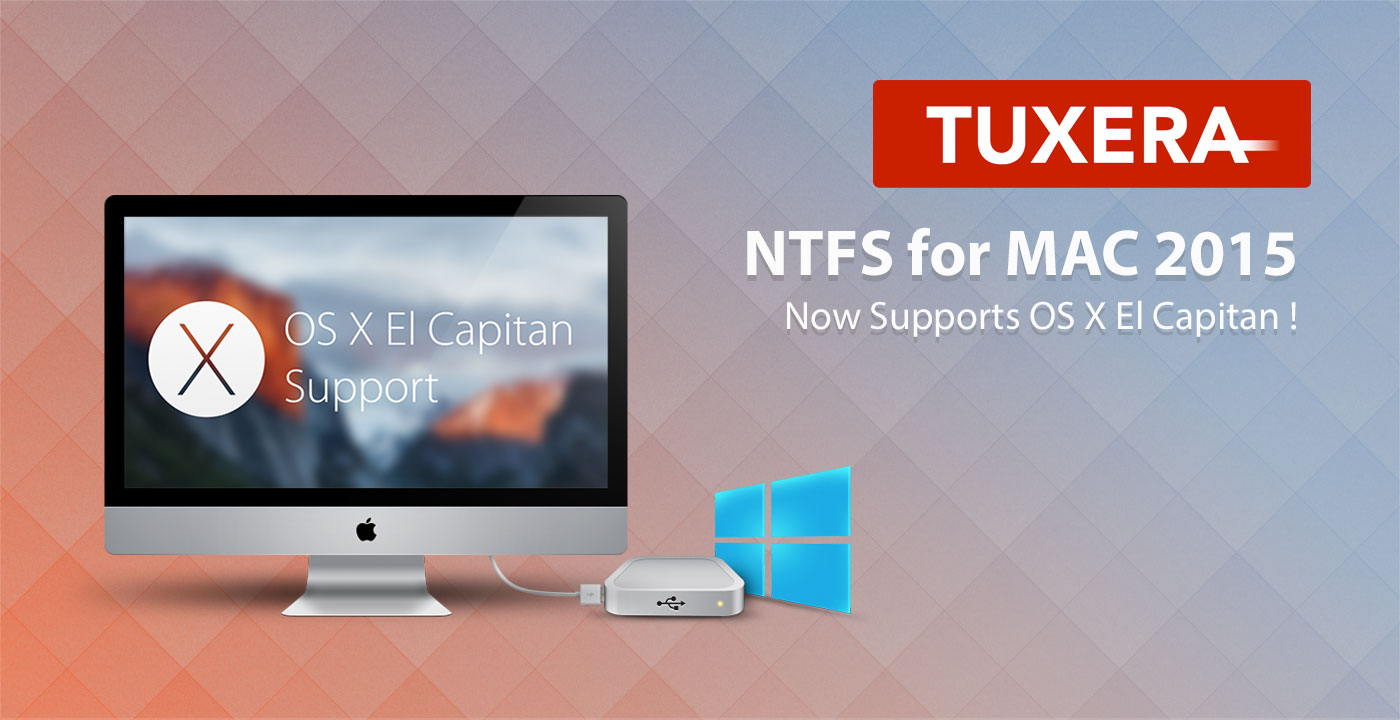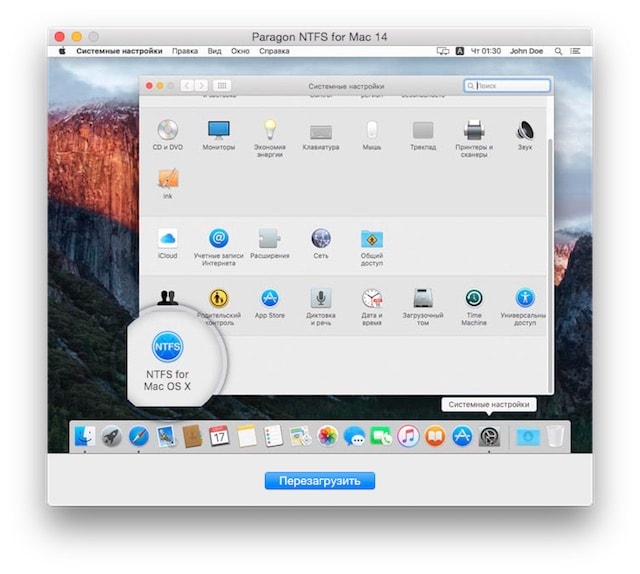


Read the warning carefully before proceeding, as this process will delete any existing data on the drive.

Enter a new name for the drive in the field above if you wish.Ĭlick ‘Erase’ to continue. Insert your NTFS drive or USB stick and click to highlight the disk name in the white box on the left-hand side of the window. To get started, click the Spotlight icon at the top right of your screen and enter ‘Disk’ to launch Disk Utility. More information on FAT32 versus NTFS is available from Microsoft Support (opens in new tab). This may pose a problem if you’re using the drive to store high-quality videos. This is simple to do and means the data on your drive/USB stick can be read and written on both Macs and PCs.īe aware that the FAT32 format isn’t as efficient as NTFS: it only supports files sizes of up to 4GB. Eject your NTFS drive and reconnect it.If you have an NTFS drive you can use macOS’ Disk Utility to reformat it to FAT32.Press Control + O to save, followed by Return.Enter the following command, replacing NAME with your external volume title: LABEL=NAME none ntfs rw,auto,nobrowse.Type your admin password and press Return when prompted.Enter the following command and press Return: sudo nano /etc/fstab.Launch Terminal with the NTFS drive connected to your Mac.If you understand the risks and wish to enable NTFS write mode in macOS, you can do so by following these steps: Therefore, you should proceed with caution. In this case, enabling a setting that affects disk write capabilities has the potential to corrupt hard drives and cause data loss. Whenever you make any significant changes to your system, you should always back up important information first. The feature is somewhat experimental-or, at the very least, unsupported by Apple-so the results can be unpredictable. To enable the tool, you’ll need to use Terminal, and you do so at your own risk. Interestingly, macOS does have the ability to write to NTFS, but Apple disables the feature by default.


 0 kommentar(er)
0 kommentar(er)
